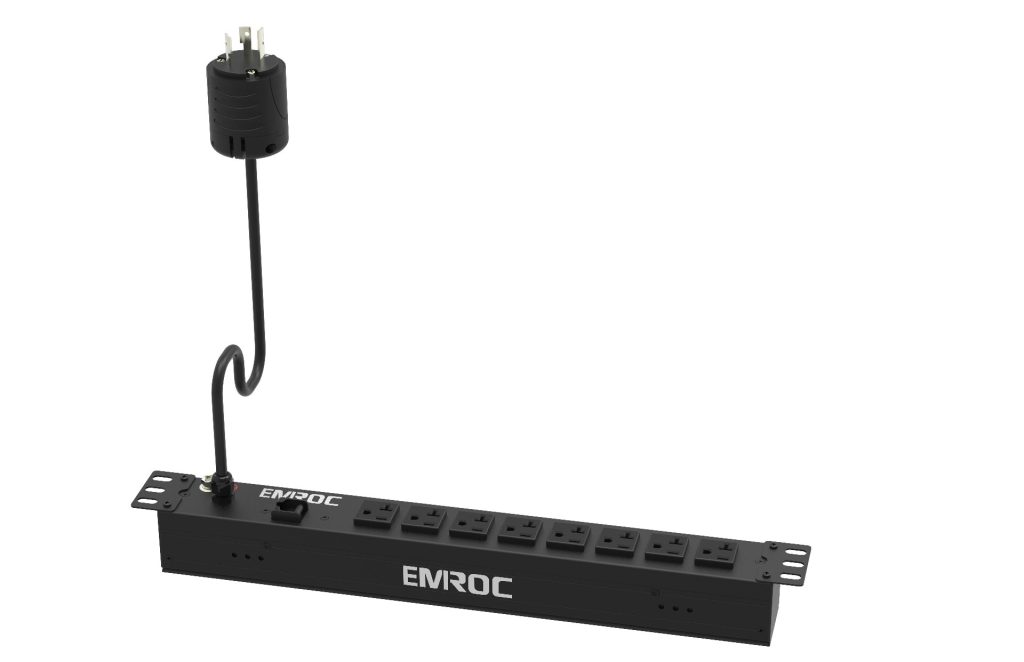In today’s technologically driven world, power distribution units (PDUs) play a pivotal role in efficiently managing electrical power for various applications. As businesses and individuals alike seek the most reliable and effective solutions, the question of “Which PDU is better?” becomes increasingly relevant. In this article, we will delve into the key factors that should be considered when evaluating PDUs to help make an informed choice.

Understanding PDUs Power Distribution Units (PDUs) are devices designed to distribute electrical power to multiple devices or equipment from a single source. They serve as the backbone of efficient power management, ensuring that critical devices are supplied with consistent and safe electrical power. However, not all PDUs are created equal, and their effectiveness depends on various factors. Factors to Consider Power Capacity:One of the primary considerations when comparing PDUs is their power capacity. PDUs come in various configurations, offering different levels of power distribution. It’s essential to choose a PDU that can handle the combined power requirements of all connected devices without overloading the unit. Outlet Types:Different PDUs offer different types of outlets, such as NEMA, IEC, or USB. Choosing the appropriate outlet type for your devices is crucial. Make sure the PDU’s outlets are compatible with your equipment’s plugs. Mounting Options:PDUs can be mounted in various ways, including rack-mount, wall-mount, or floor-standing. The choice of mounting option depends on your installation environment and available space. Monitoring and Management:Advanced PDUs come with monitoring and management features that allow you to remotely monitor power consumption, temperature, and other metrics. These features can be invaluable for maintaining the health and efficiency of your equipment. Redundancy:For critical applications, redundant PDUs can provide an added layer of reliability. Redundant PDUs ensure that if one unit fails, another can take over without interruption. Energy Efficiency:Energy efficiency is a growing concern in today’s world. Look for PDUs with features like power metering, energy usage reporting, and power-saving modes to help reduce electricity consumption and costs. Comparing PDUs Let’s compare two popular PDUs: the Basic PDU and the Intelligent PDU. Basic PDU:Basic PDUs are straightforward devices that provide simple power distribution without any advanced features. They are suitable for basic applications where remote monitoring and management are not essential. Basic PDUs are often more affordable and are a good choice for small setups with minimal power requirements. Intelligent PDU:Intelligent PDUs, on the other hand, offer advanced monitoring and management capabilities. They provide real-time data on power consumption, voltage, current, and more. Intelligent PDUs can be controlled remotely, allowing for immediate responses to power-related issues. These PDUs are ideal for data centers, server rooms, and other environments where uptime and efficiency are critical. Conclusion In the quest to answer the question “Which PDU is better?” there is no one-size-fits-all answer. The choice between a Basic PDU and an Intelligent PDU depends on your specific needs, budget, and the criticality of the applications you’re supporting. Evaluate factors such as power capacity, outlet types, monitoring features, redundancy, and energy efficiency to make an informed decision. Whether you opt for a simple Basic PDU or invest in the capabilities of an Intelligent PDU, choosing the right PDU can significantly impact the reliability, efficiency, and overall performance of your electrical infrastructure.